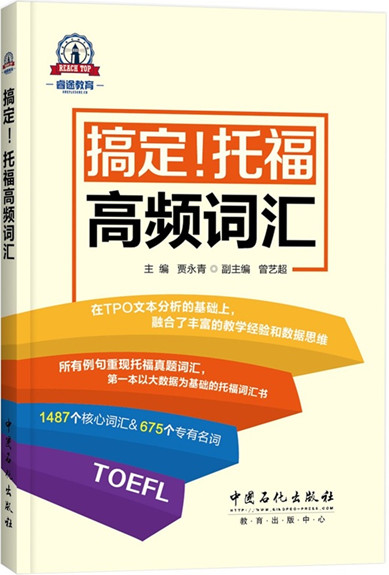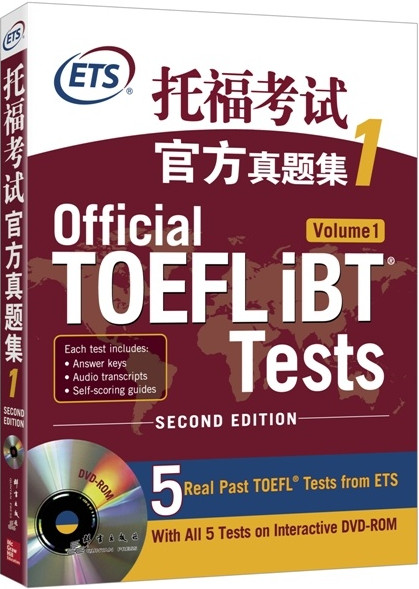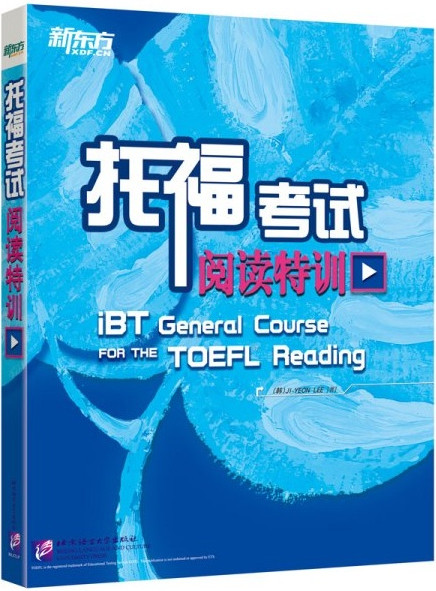2017�и�100ƪ��x����ԇ�}���ģ�_��2�
����The canopy, the upper level of the trees in the rain forest, holds a plethora of climbing mammals of moderately large size, which may include monkeys, cats, civets, and porcupines. Smaller species, including such rodents as mice and small squirrels, are not as prevalent overall in high tropical canopies as they are in most habitats globally.
����Small mammals, being warm blooded, suffer hardship in the exposed and turbulent environment of the uppermost trees. Because a small body has more surface area per unit of weight than a large one of similar shape, it gains or loses heat more swiftly. Thus, in the trees, where shelter from heat and cold may be scarce and conditions may fluctuate, a small mammal may have trouble maintaining its body temperature.
����Small size makes it easy to scramble among twigs and branches in the canopy for insects, flowers, or fruit, but small mammals are surpassed, in the competition for food, by large ones that have their own tactics for browsing among food-rich twigs. The weight of a gibbon (a small ape) hanging below a branch arches the terminal leaves down so that fruit-bearing foliage drops toward the gibbon's face. Walking or leaping species of a similar or even larger size access the outer twigs either by snapping off and retrieving the whole branch or by clutching stiff branches with the feet or tail and plucking food with their hands.
����Small climbing animals may reach twigs readily, but it is harder for them than for large climbing animals to cross the wide gaps from on tree crown to the next that typify the high canopy. A macaque or gibbon can hurl itself farther than a mouse can: it can achieve a running start, and it can more effectively use a branch as a springboard, even bouncing on a climb several times before jumping. The forward movement of a small animal is seriously reduced by the air friction against the relatively large surface area of its body. Finally, for the many small mammals that supplement their insect diet with fruits or seeds, an inability to span open gaps between tree crowns may be problematic, since trees that yield these foods can be sparse.
����1. The passage answers which of the following questions?
����(A) How is the rain forest different from other habitats?
����(B) How does an animal's body size influence an animal's need for food?
����(C) Why does the rain forest provide an unusual variety of food for animals?
����(D) Why do large animals tend to dominate the upper canopy of the rain forest?
����2. Which of the following animals is less common in the upper canopy than in other environments?
����(A) Monkeys
����(B) Cats
����(C) Porcupines
����(D) Mice
����3. The word "they" in line 4 refers to
����(A) trees
����(B) climbing mammals of moderately large size
����(C) smaller species
����(D) high tropical canopies
����4. According to paragraph 2, which of the following is true about the small mammals in the rain forest?
����(A) They have body shapes that are adapted to live in the canopy.
����(B) They prefer the temperature and climate of the canopy to that of other environments.
����(C) They have difficulty with the changing conditions in the canopy.
����(D) They use the trees of the canopy for shelter from heat and cold.
����5. In discussing animal size in paragraph 3, the author indicates that
����(A) small animals require proportionately more food than larger animals do
����(B) a large animal's size is an advantage in obtaining food in the canopy
����(C) small animals are often attacked by large animals in the rain forest
����(D) small animals and large animals are equally adept at obtaining food in the canopy
����6. The word "typify" in line 19 is closest in meaning to
����(A) resemble
����(B) protect
����(C) characterize
����(D) divide
����7. According to paragraph 4, what makes jumping from one tree crown to another difficult for small mammals?
����(A) Air friction against the body surface
����(B) The thickness of the branches
����(C) The dense leaves of the tree crown
����(D) The inability to use the front feet as hands
����8. The word "supplement" in line 24 is closest in meaning to
����(A) control
����(B) replace
����(C) look for
����(D) add to
����9. Which of the following terms is defined in the passage ?
����(A) canopy (line 1)
����(B) warm blooded (line 5)
����(C) terminal leaves (line 13)
����(D) springboard (line 21)
�����𰸣�DDCCB CADA
��(b��o)��ָ��
��ԇ������ԇ��(n��i)����(b��o)��������ԇ�r(sh��)�g���}Ӌ(j��)����ԇ�ɿ��u�֘�(bi��o)��(zh��n)��ԇ�������M(f��i)��(bi��o)��(zh��n) �̲Ĵ�Vȫ�����c(di��n)��Ӗ(x��n)����
�����]
- ģ�Mԇ�}
- �v�����}





